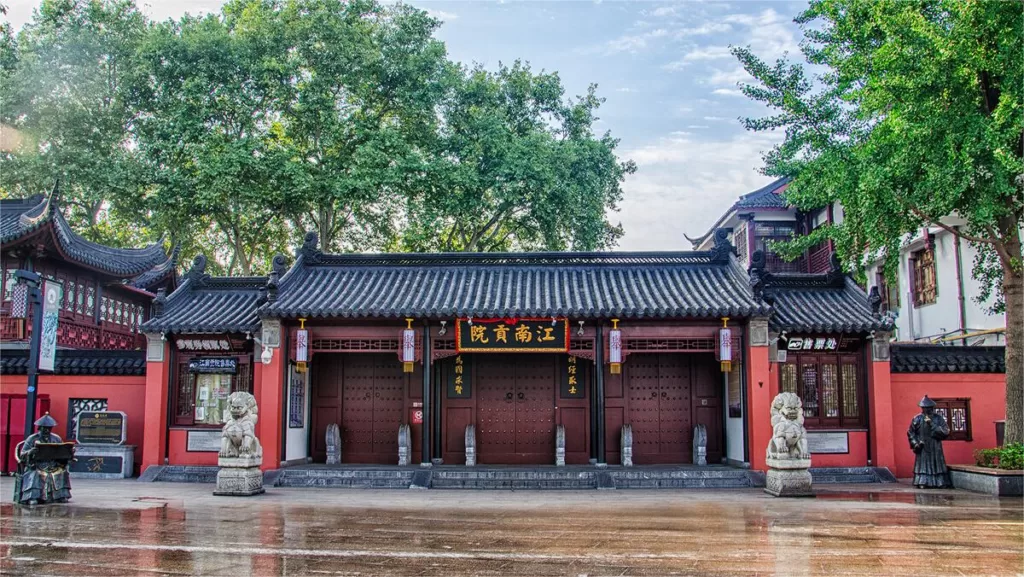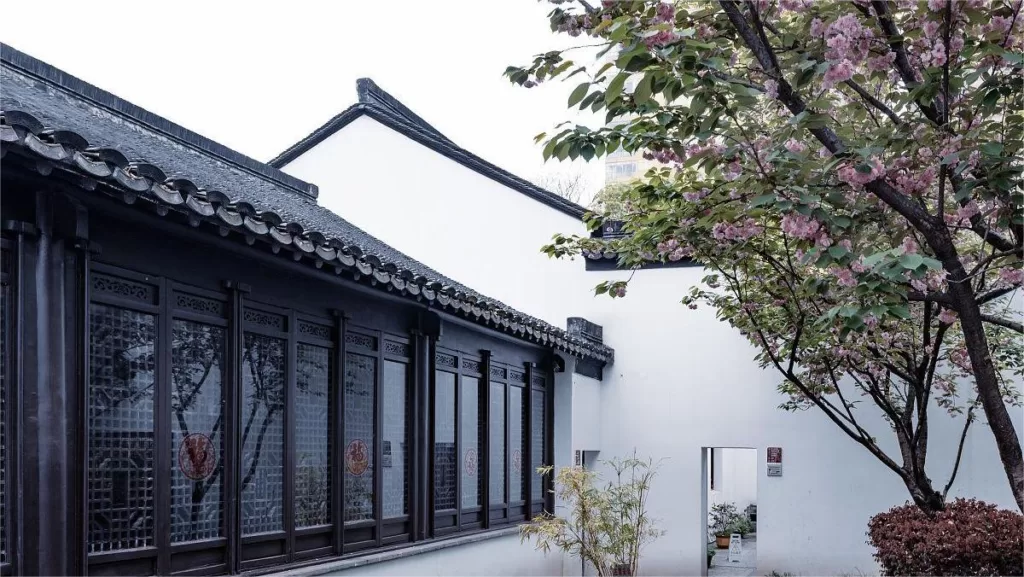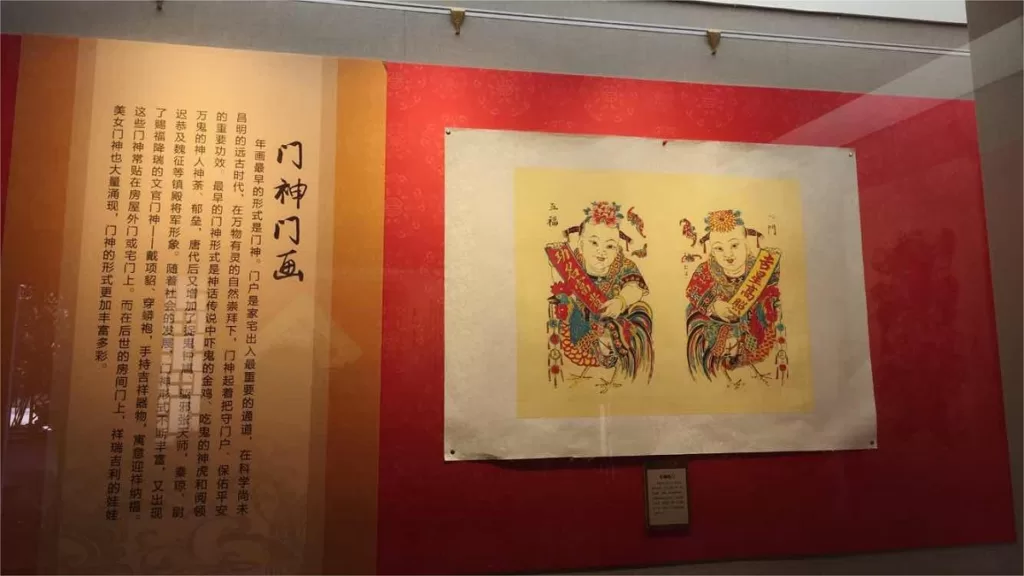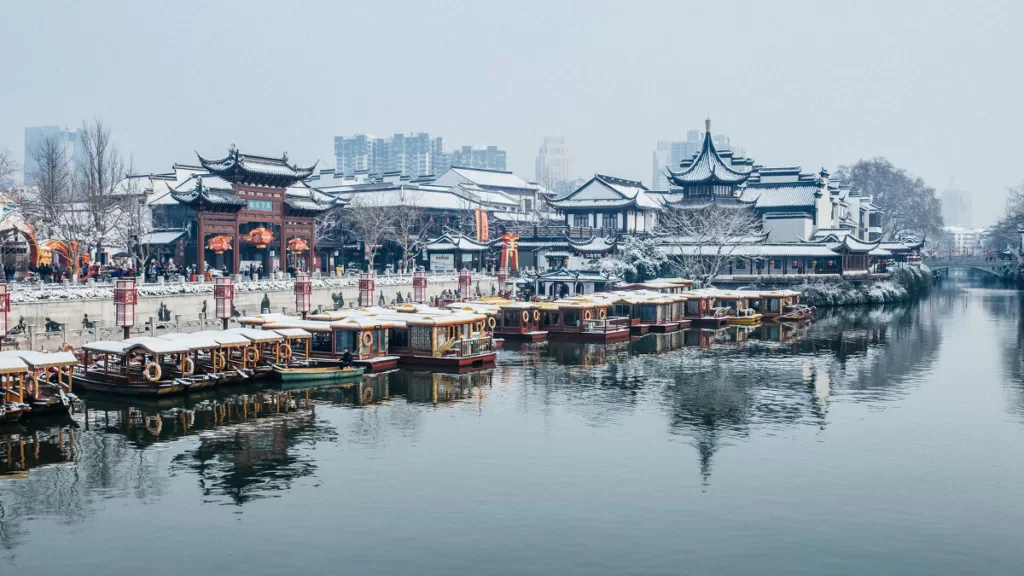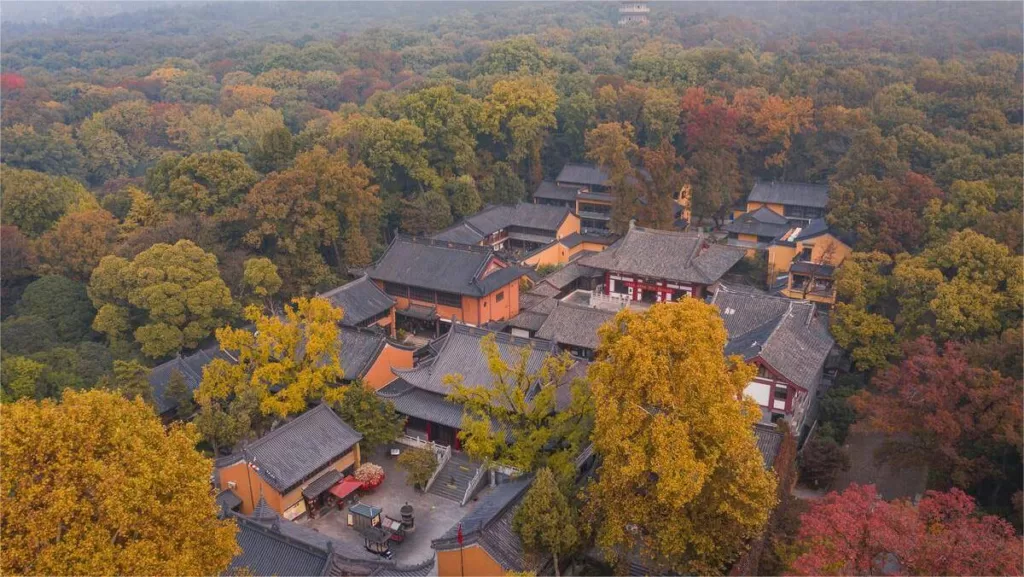Bao’en Temple (大报恩寺, Grand Bao’en Temple), also known as the Temple of Gratitude, stands as one of the oldest and most revered Buddhist temples in the rich tapestry of Chinese history. Its origins trace back to the Eastern Wu period, specifically between 238 and 250 AD, when it was initially established as the Jianchu Temple. As the second temple built in China, following the White Horse Temple in Luoyang, Bao’en Temple holds a special place in the heart of Chinese Buddhism and is often referred to as one of the three great temples of Jinling, along with Linggu Temple and Tianjie Temple.
The construction of Bao’en Temple, as we know it today, was a grand endeavor initiated by the Ming Emperor Zhu Di, also known as Yongle Emperor, to commemorate the founding Emperor Zhu Yuanzhang and Empress Ma. In the tenth year of the Yongle era (1412), the temple was rebuilt on the site of the former Jianchu Temple, a laborious effort that spanned 19 years, consuming a staggering 2.485 million taels of silver and involving the labor of 100,000 soldiers and civilians. The construction of Bao’en Temple was meticulously executed, mirroring the architectural standards of imperial palaces, and its resplendent beauty shone both day and night. The temple’s vast complex boasted over 30 halls, 148 monk’s quarters, 118 corridors, and 38 scripture rooms, making it the largest and most prestigious temple in Chinese history, earning it the title of “the First Temple under Heaven.”
Table of Contents
- Basic Information
- Location and Transportation
- Highlights of Bao’en Temple
- Vlog about Bao’en Temple
- Useful Information Summarized from Reviews
- Attractions Near Bao’en Temple
- Other Temples in Nanjing
Basic Information
| Estimated length of Tour | About 2 hours |
| Ticket Price | 90 RMB |
| Opening Hours | 9.00 – 17.30; Last admission: 17.00 |
| Telephone Number | 0086-025-52009999 |
Location and Transportation
Bao’en Temple is located in the city of Nanjing, which is the capital of Jiangsu Province in eastern China. Specifically, the temple is situated at No. 1, Yuhua Road, Qinhuai District, Nanjing. To get there, you can choose the following ways:
Bus: Take bus 2, 16, 38, 202, 701, 706, or D58, get off at Great Bao’en Temple Relic Park Stop (大报恩寺遗址公园站), and you will be standing right at the entrance.
Metro: The nearest metro station to the Bao’en Temple is Zhonghua Gate on line 1. After getting out of the station from Exit 2, walk about 700 meters to the northeast to get to the temple.
Highlights of Bao’en Temple
Porcelain Tower of Nanjing
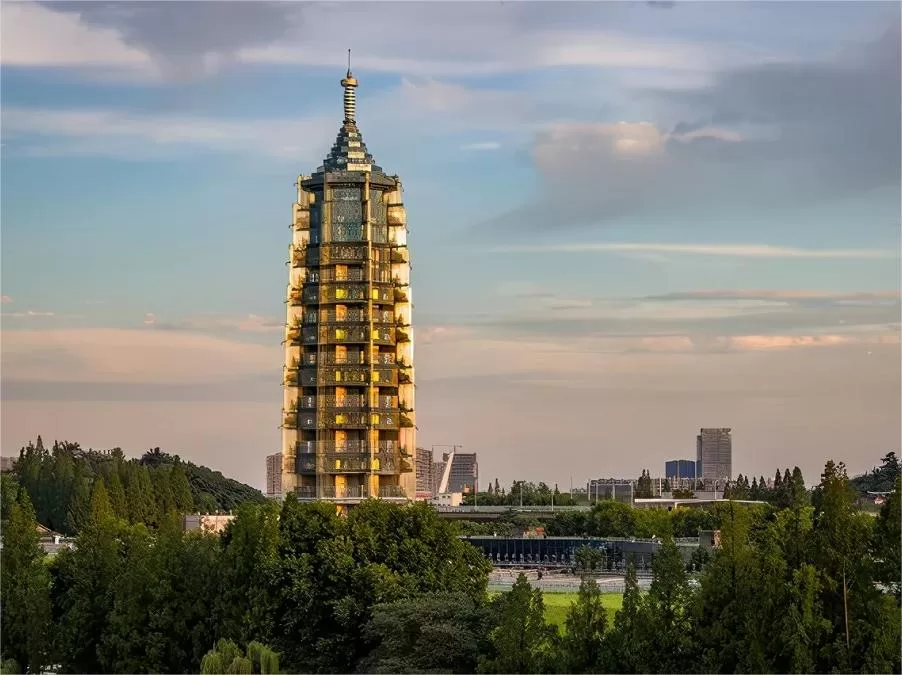
Lingli Pagoda or Porcelain Tower of Nanjing, an architectural gem nestled behind the main hall, was constructed in 1412 and completed in 1428. This nine-story, octagonal pagoda soars to a height of 78.2 meters, and its gleaming white porcelain cladding, along with its ornate latticed arches, make it a truly captivating sight. The pagoda chamber is square in shape, and its eaves, brackets, parapets, and railings are adorned with colorful glazed bricks featuring Buddhist motifs like lions, white elephants, and flying sheep. As twilight falls, 144 bright oil lamps are lit atop the Porcelain Pagoda, illuminating the night and casting a radiant glow that can be seen from miles away, even on the waters of the Yangtze River.
Buddha Crown Sarira
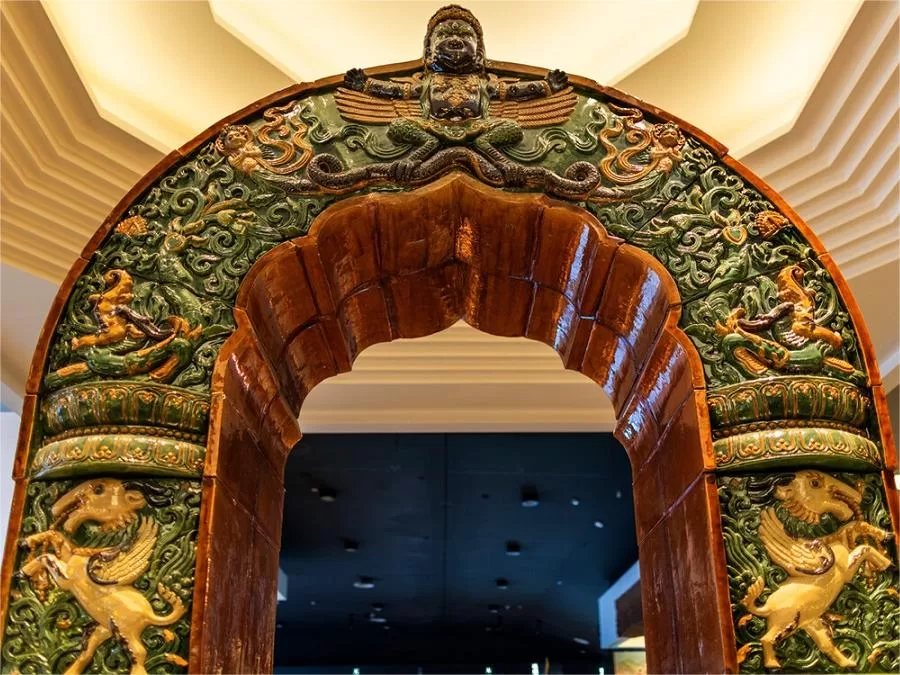
The most sacred relic housed within Bao’en Temple is the Buddha’s Crown Sarira, one of the most precious relics attributed to Gautama Buddha. This unique relic is the only one of its kind remaining in the world. It is a complete skull measuring 35 centimeters in circumference with a diameter of 10 centimeters. Its distinct yellow-black coloration and clear perforations make it a highly significant religious artifact. Discovered in the underground palace of Bao’en Temple in 2008, the sarira was stored in a set of five nested containers, including a stone casket, iron casket, Ashoka Stupa, golden coffin, and silver funeral case.
Cultural Relics
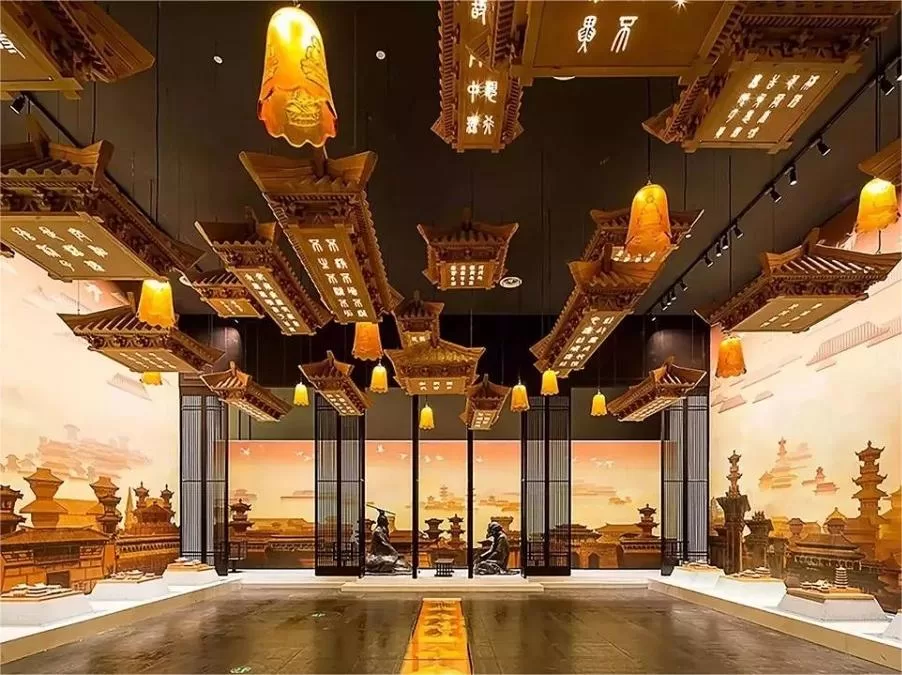
The excavation efforts at Bao’en Temple, which spanned from early 2007 to 2014, unearthed a treasure trove of over 20,000 artifacts, in addition to the Buddha’s Crown Sarira. Among these treasures, the gilded Seven-Treasure Ashoka Stupa stands out as a magnificent piece, measuring 1.1 meters in height and 40 centimeters in width, with a total weight of 50 kilograms. It is the largest Ashoka Stupa of its kind ever discovered in China and the world. The stupa is adorned with gemstones and intricate carvings of Buddha images and scriptures, while four sides of the stupa base feature large-scale Buddhist narrative paintings that depict significant deeds from the Buddha’s previous lives.
Buddhist Architecture

The architecture of Bao’en Temple is a marvel to behold. The temple complex is grand in scale, with the main temple divided into two distinct sections, one in the north and one in the south, separated by walls. The northern half, home to the core temple buildings, is arranged along a central axis, with structures including the Mountain Gate, the Fragrant Water Bridge, the Hall of Heavenly Kings, the Mahavira Hall, the Porcelain Pagoda, the Guanyin Hall, and the Dharma Hall. In contrast, the southern half of Bao’en Temple has a markedly different architectural layout, featuring four relatively independent courtyards, each serving distinct purposes.
Vlog about Bao’en Temple
Useful Information Summarized from Reviews
Restaurant Information: Within the temple grounds, there is a restaurant that serves vegetarian noodles. The restaurant is open from 11:00 to 14:00.
Luggage Storage: At the entrance, on the underground floor, there is a tourist center where visitors can store their luggage for free.
Calligraphy Area in the Museum: Inside the museum, there is a designated area where visitors can engage in the tranquil activity of copying Buddhist scriptures.
Paid Experiences:
- Enlightenment of Buddha: Available from Tuesday to Thursday at 10:30 and 14:30; Friday, Saturday, Sunday, and Monday at 10:00, 11:00, 14:00, and 15:00. This experience involves a dome screening that is said to be soul-stirring.
- Tea Ceremony: Located in the South Gallery, open from 10:00 to 11:00 and 14:00 to 15:00. This provides an opportunity to experience traditional tea culture.
Time Estimate for Visit: For a quick visit, including a tower climb, it will take approximately 1.5 hours. However, for a more detailed exploration, plan for at least 3 hours. Be sure to allocate enough time for a thorough experience.
Children’s Interactive Area: The temple complex has a designated children’s interactive area, making it a suitable destination for families with young children.





